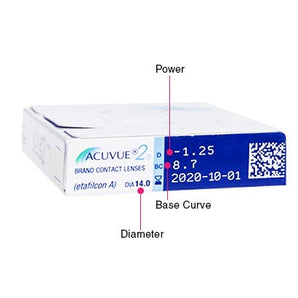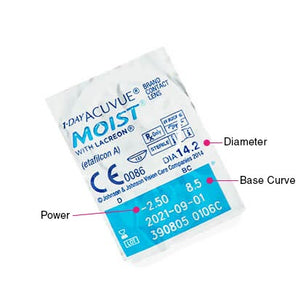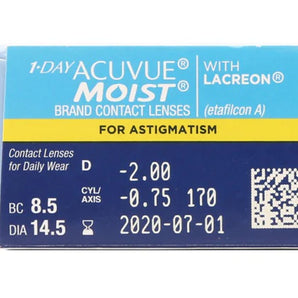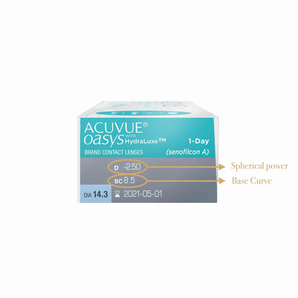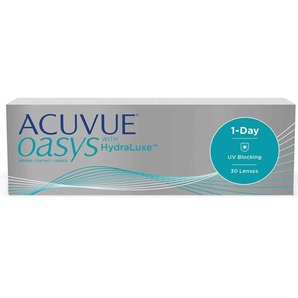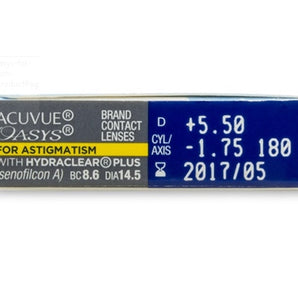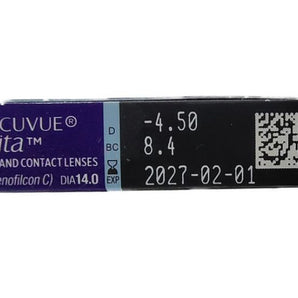Do We Really Need 21 Steps for Eye Testing?
The idea of a 21-step eye testing process may seem thorough, but is it really necessary for everyone? While comprehensive eye exams are vital for diagnosing certain eye conditions, not all patients need to go through an elaborate and time-consuming process to get an accurate assessment of their eye health. In this blog, we’ll explore why these steps exist and discuss whether they are essential for every individual.
1. What Is a 21-Step Eye Exam and Why Does It Exist?
A typical 21-step eye exam involves a number of procedures; the simplest, which checks for vision, and the most advanced, which consists of images of the retinal structures, to accomplish its objectives. This is done in order to allow for a complete examination, which leaves nothing to chance when it comes to the well being of the eyes. The steps might include:
Visual Acuity Test: This is done to see how good your vision is at various distances.
Refraction Test: This determines whether you need corrective lenses or not.
Intraocular Pressure Test (Tonometry): This test is performed to see any threat to the optic nerve in the form of glaucoma
Retinal Imaging and Fundoscopy: This involves examining the retina as well the optic nerve and blood vessels.
Though these are necessary tests in the assessment of the disease which includes glaucoma, macular degeneration, or diabetic retinopathy, one needs to note that not every patient has to undergo all these tests every single time he goes to see an eye doctor.
2. Are 21 Steps Really Necessary for Everyone?
The reality is that eye exams should be tailored to the individual. While a comprehensive exam might be necessary for some, most patients can achieve accurate and effective eye care through a simplified approach. The following scenarios highlight when a full 21-step exam may not be necessary:
- Routine Check-Ups for Healthy Individuals: For those without symptoms or a history of eye problems, a basic eye exam covering visual acuity, pupil response, and refraction may be sufficient. These core tests provide a clear understanding of one’s vision and any necessary corrective measures.
- Young, Low-Risk Patients: Children and young adults without genetic predispositions to eye diseases or any reported symptoms usually do not need detailed examinations unless advised by their healthcare provider.
- Annual Exams: For patients with stable vision and no new symptoms, repeating a 21-step process annually might be excessive. In such cases, a streamlined approach focusing on visual clarity and Eye muscles is often enough.
3. When Is a Comprehensive Exam Essential?
While not all of the 21 steps are mandated, some circumstances make a thorough examination quite important. These include:
- Diabetes Patients: Diabetics are prone to diabetic retinopathy, which is related to blood vessels present in the retina. It is important to obtain detailed retinal pictures in such cases to look for the possibility of early retinal changes to prevent loss of vision.
- Patients with 40 Years and Above: Although age does not seem to be a dominant factor with respect to the risk of developing age-related diseases, more severe forms of such conditions including glaucoma, macular remodeling, and even cataracts do proliferate with advancing age. Hence, tonometry, retinal municipality et al. are bound to be useful and necessary procedures in such cases.
- Patients with Family History of Eye Disease: Individuals with a family history of glaucoma, macular degeneration or other eye disease are recommended to undergo extensive and periodic eye examination to check for eye pathologies.
4. Why Simplified Eye Testing Can Be Effective
In many cases, a simplified eye test that focuses on key aspects—like visual acuity, refraction, and intraocular pressure—can be just as effective as a comprehensive test for healthy, low-risk individuals. Here’s why:
- Efficiency: For routine vision checks, a short, targeted approach is sufficient. It allows eye care providers to quickly determine if a patient needs glasses or contact lenses and to confirm there are no major issues.
- Cost-Effective: Comprehensive testing can be costly, especially if performed frequently. Simplified testing helps keep eye care accessible and affordable without compromising quality for low-risk patients.
- Reduced Anxiety: Patients who may feel overwhelmed or anxious about multiple tests might benefit from a shorter, simpler exam, especially if they are not at high risk for eye diseases.
5. Eye Testing: The Balancing Act
A vigilant eye-care routine should be a well balanced approach. Routine eye exams should be thorough enough to allow for easy detection of problems but not so invasive that they become a frustration. Adjusting the amount based on a patient’s individual risk factors, medical history and presenting complaints allows for personalisation of care.
- High Risk Vs. Low Risk Patients: High risk patients, diabetics for example or those who have family history of eye diseases are better off with the full battery of tests. Low risk patients with no symptoms should on the other hand, be only subjected to the basic minimum.
- Symptom-Based Strategy: When patients have specific symptoms which include quite a number of floaters, blurred vision or light flashes, it is critical that those patients undergo more procedures like retinal imaging in order to accurately identify the cause of their symptoms.
6. Can Over-Testing Be Counterproductive?
There is a concern that performing a 21-step eye exam on every patient, regardless of their condition, could be excessive and might even lead to unnecessary anxiety or costs. Routine eye exams should be efficient, with the right balance of essential and optional steps based on individual needs.
- Avoiding Overdiagnosis: Conducting tests that are not medically indicated can sometimes lead to overdiagnosis—identifying conditions that may not necessarily require intervention. This approach can create a cycle of further testing and unnecessary treatments.
- Time and Resource Management: For clinics and patients alike, time is valuable. Simplified exams for routine visits allow clinics to allocate resources and attention to those who genuinely need comprehensive testing.
7. The Importance of Personalized Care
The most important aspect of eye care is personalization. Not every patient needs an exhaustive 21-step examination, but some may. For example:
- Customized Care Plans: Eye care professionals can personalize exams by incorporating only the necessary tests based on a patient’s medical history and lifestyle. For athletes or individuals working in visually demanding environments, tests focusing on depth perception and eye coordination may be prioritized.
- Monitoring Over Time: Patients who are low-risk but notice changes in their vision may not need all 21 steps immediately. A focused approach to identify specific changes might be more efficient initially, with additional tests reserved if symptoms persist.
8. Conclusion: Finding the Right Approach for You
While every patient can benefit from a comprehensive 21-step eye test system, it is more useful to a high-risk group of individuals or to those who present with some eye symptoms. Not every patient requires such a thorough set of testing. Eye care, to be effective and efficient, needs to be personalized. Most patients do not need anything more than visual acuity, refraction and inspection of the eyes in order to have their routine visits simplified.
If you’re planning on an eye test, make sure to ask your eye care specialist about the pertinent tests for your specific group. Deep examination or routine visit, both individualized strategies will ensure that one of the best available care is received.






